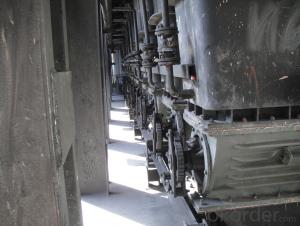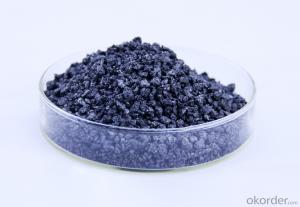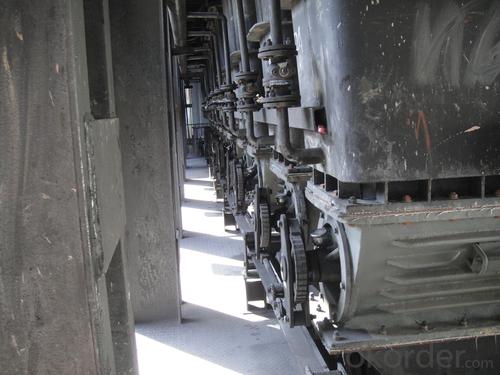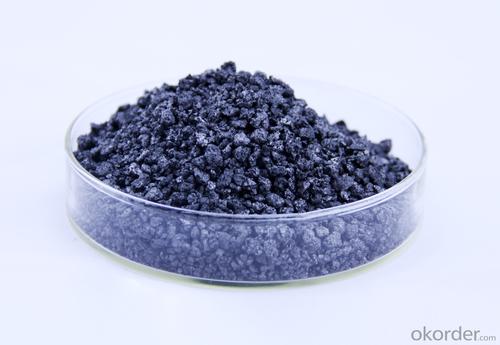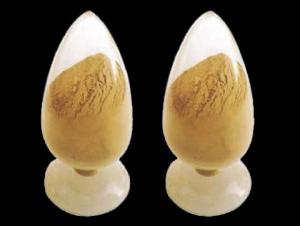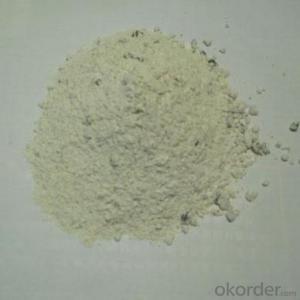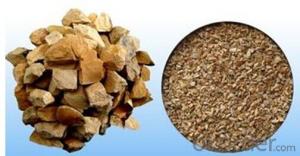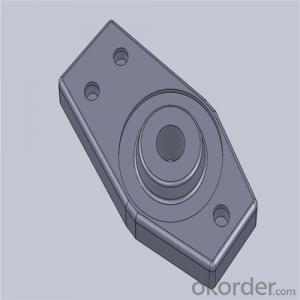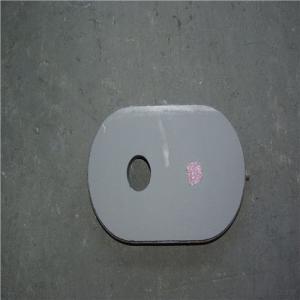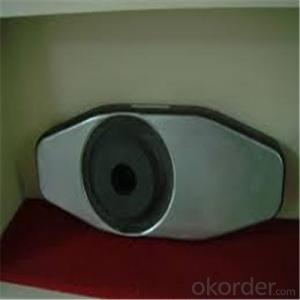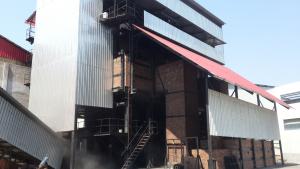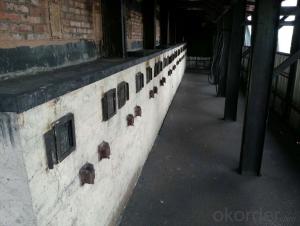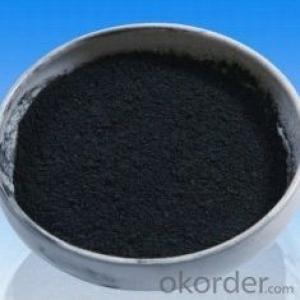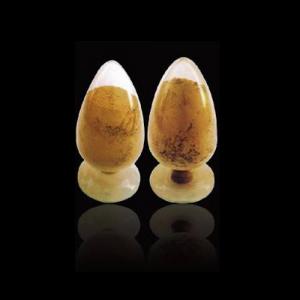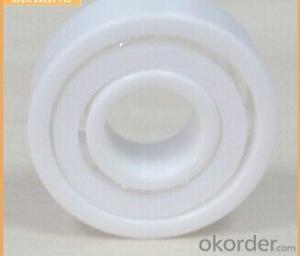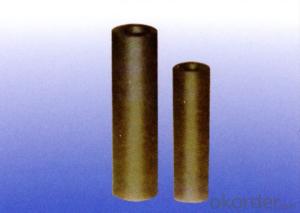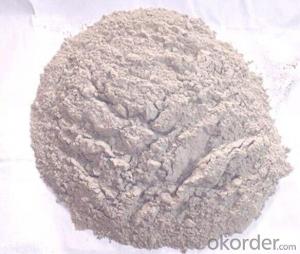Monolithic Refractories for Iron and Steel Industry - Pitch Coke Coaly as Carbon Raiser and Carbon Additive
- Loading Port:
- Shekou
- Payment Terms:
- TT OR LC
- Min Order Qty:
- 20 m.t
- Supply Capability:
- 1000 m.t/month
OKorder Service Pledge
OKorder Financial Service
You Might Also Like
Factory Background
The factory is majorly running and operating carbon additive (pitch coke, calcined petroleum coke and anthracite), low nitrogen carbon additive, and brake pad making material. Company is the long term supplier of Sinosteel Corporation, Shanghai Carbon Corporation, the plant of SGL Group the Carbon Company in China and some largest special carbon products producing plants.
YUAI also supplies huge amout of high quality carbon additive and graphite carbon additive to steel plants, foundries and ferrotungsten plants. YUAI has been assigned by BAO STEEL as the only organization for processing pitch coke for export purpose. The group’s major products are constantly exported to Japan, Korea, Malaysia, South East Asia countries, Europe and America, which receive praises by our consumers.
The group has invested numbers of calcinators in Anhui China to ensure the capability of producing and processing huge amount of carbon additive. Further investment is on process. According to the orders from customers, YUAI is able to processing and providing different specifications of carbon additive and other products. To provide best quality of products and to offer customers most satisfied service is YUAI’s operating objectives.
Calcined Petroleum Coke
FC:98.5%min,
S:0.5%max
A:0.8%max
V:0.7%max
Mositure:0.5%max
Size:1-5mm
This product is mainly used in steel-making and foundry. Calcined Petroleum Coke
Calcined Petroleum Coke comes from delayed coke which extracted from oil refinery. Although Calcined Petroleum Coke contains a little bit higher level of sulfur and nitrogen than pitch coke, the price advantage still makes it widely used during steel-making and founding as a kind of carbon additive/carburant.
Technology:
Laborary Equpment
In our lab,we has a high precision balance,mullfe furnace,sample making machine, dring box,sulfur measurement instrument and other calibratiing equipments.As a result,before deliverung to our customers,our products have to pass a strict test to ensure the quality and components.The testing reports will be sent to our customers to confirm untill they satisfy with it.
Packaging & Delivery
Packaging Detail:25kg paper bag into 1t weaving bag 5kg, 10kg and 20kg weaving bag into 1t weaving bag 25kg weaving bag put on pallet covered with entanglement wrap product direct into packing bag 25kg paper bag put on pallet covered with entanglement Wrap 25kg weaving bag into 1t weaving bag.
Delivery Details: 7 days
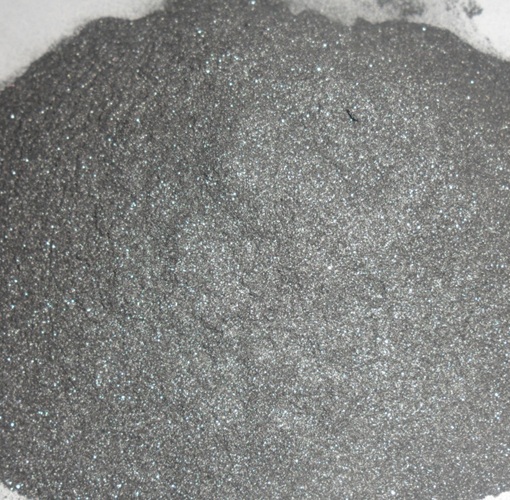
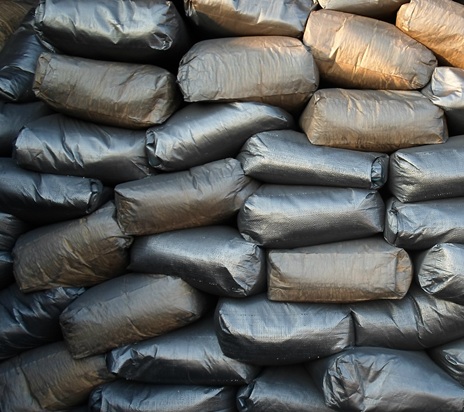
- Q: How do monolithic refractories withstand high temperatures and thermal cycling?
- Monolithic refractories are designed to withstand high temperatures and thermal cycling due to their unique composition and structural characteristics. Firstly, monolithic refractories are made from high-quality raw materials, such as alumina, silica, and magnesia, which have excellent thermal properties. These materials possess high melting points and low thermal conductivity, allowing them to retain their strength and integrity even at extreme temperatures. Moreover, monolithic refractories are typically engineered to have a dense and compact microstructure. This dense structure prevents the penetration of heat and gases, thus minimizing thermal shock and preventing the formation of cracks. Additionally, the compact microstructure enhances the refractory's thermal conductivity, enabling it to efficiently distribute and dissipate heat. Furthermore, monolithic refractories are often formulated with special additives and bonding agents that enhance their resistance to thermal cycling. These additives can improve the refractory's thermal expansion properties, allowing it to expand and contract without cracking or spalling during rapid temperature changes. Additionally, certain bonding agents can provide a degree of flexibility to the refractory, enabling it to accommodate thermal stresses without compromising its structural integrity. In addition to the inherent characteristics of monolithic refractories, proper installation techniques also play a crucial role in their ability to withstand high temperatures and thermal cycling. The refractory must be carefully applied and cured to ensure uniformity and minimize the formation of internal stresses. Adequate curing and heat treatment processes help to develop a strong and durable bond between the refractory and the substrate, enhancing its resistance to thermal shock and cyclic thermal loading. Overall, monolithic refractories are engineered to withstand high temperatures and thermal cycling through their composition, microstructure, and installation techniques. These factors work in synergy to provide the refractory with excellent thermal conductivity, resistance to thermal shock, and the ability to expand and contract without compromising its structural integrity.
- Q: How do monolithic refractories withstand the chemical attacks in aluminum furnace applications?
- Monolithic refractories withstand chemical attacks in aluminum furnace applications due to their high resistance to oxidation and corrosion. They are specifically designed to withstand the harsh environment of aluminum processing, which involves exposure to molten aluminum, alkaline fluxes, and other corrosive chemicals. Monolithic refractories have excellent chemical stability, low porosity, and high thermal shock resistance, which allows them to maintain their structural integrity and protect the furnace lining from chemical erosion. Additionally, these refractories often contain additives such as antioxidants and anti-corrosion agents that further enhance their resistance to chemical attacks in aluminum furnace applications.
- Q: In iron and steel industry, the main raw materials for blast furnace ironmaking are iron ore, coke and limestone. What's the use of limestone here?
- CaCO3 CaO + CO2 =C = 2CO + CO2Fe2O3
- Q: How do monolithic refractories handle thermal expansion and contraction?
- Monolithic refractories handle thermal expansion and contraction by their ability to withstand high temperatures and adapt to changes in size without cracking or breaking. They are designed to have low thermal conductivity, which helps to minimize stress caused by thermal cycling. Additionally, they are often composed of materials with high refractoriness and high thermal shock resistance, allowing them to expand and contract with minimal damage.
- Q: How do monolithic refractories contribute to the overall efficiency of steel ladle operations?
- The overall efficiency of steel ladle operations can be greatly improved by the use of monolithic refractories. These refractories, which are engineered materials installed as a single structure within the ladle, offer numerous advantages that directly contribute to operational efficiency. One key benefit of monolithic refractories is their exceptional thermal insulation properties. They have a low thermal conductivity, meaning they are effective at retaining and containing heat within the ladle. This insulation helps to maintain the desired temperature of the molten steel, preventing heat loss during transportation and reducing the need for frequent reheating. By minimizing heat loss, monolithic refractories enable a more efficient use of energy resources, resulting in cost savings and improved productivity. Moreover, monolithic refractories possess a high refractoriness, meaning they can withstand high temperatures without losing their structural integrity. This is crucial in steel ladle operations, where extreme temperatures are encountered during the steelmaking process. The high refractoriness of monolithic refractories ensures that they can withstand the intense heat and avoid any damage or failure of the ladle lining. This durability translates into reduced downtime and maintenance requirements, leading to increased operational efficiency. Additionally, monolithic refractories offer excellent resistance to chemical attack. The ladles used in steelmaking come into contact with various corrosive substances, such as molten metals, slag, and fluxes. The chemical resistance of monolithic refractories prevents them from reacting with these substances, ensuring the integrity and longevity of the ladle lining. This resistance to chemical attack reduces the need for repairs and replacements, minimizing downtime and improving overall operational efficiency. Furthermore, the installation of monolithic refractories is relatively quick and straightforward compared to traditional brick linings. This ease of installation saves time and labor costs, allowing for a faster turnaround between ladle operations. It enables steel manufacturers to optimize their production schedules and enhance overall operational efficiency. In conclusion, monolithic refractories play a significant role in improving the efficiency of steel ladle operations. Their thermal insulation properties, high refractoriness, resistance to chemical attack, and ease of installation all contribute to enhanced energy efficiency, reduced downtime, and increased productivity. By choosing to use monolithic refractories, steel manufacturers can achieve optimized ladle performance and ultimately improve their steelmaking process as a whole.
- Q: How are monolithic refractories different from traditional refractory bricks?
- Monolithic refractories, unlike traditional refractory bricks, are composed of a single, homogeneous structure. This structural distinction leads to several differences between the two. Firstly, monolithic refractories provide greater flexibility and versatility in terms of shape and installation. They can be easily molded and shaped to fit specific applications and complex geometries, making them ideal for lining furnaces, kilns, and other high-temperature equipment. Secondly, monolithic refractories have superior thermal shock resistance compared to traditional refractory bricks. Their uniform structure allows for better heat distribution, minimizing the risk of thermal stress and cracking. This makes them suitable for applications with rapid temperature fluctuations or severe thermal cycling. Additionally, monolithic refractories often exhibit better overall performance in terms of strength, mechanical properties, and resistance to chemical attack. The absence of joints and seams eliminates potential weak points, resulting in a more durable and reliable lining. Moreover, the homogeneous structure provides better resistance to corrosive agents, ensuring prolonged service life in harsh environments. Lastly, monolithic refractories offer advantages in terms of installation and maintenance. Their monolithic nature simplifies the installation process, reducing labor and time requirements. Additionally, repairs and maintenance can be carried out more easily and cost-effectively compared to traditional refractory bricks, which may require the replacement of entire sections or bricks. In summary, monolithic refractories differ from traditional refractory bricks in structure, flexibility, thermal shock resistance, performance, and installation characteristics. These differences make monolithic refractories a preferred choice in many high-temperature applications, offering improved efficiency, durability, and ease of use.
- Q: Can monolithic refractories be used for the lining of reheating furnaces and walking beam furnaces?
- Monolithic refractories, which are refractory materials that can be cast or gunned into place rather than being made up of individual bricks or precast shapes, can be utilized for the lining of both reheating furnaces and walking beam furnaces. This characteristic makes them highly adaptable and versatile for a variety of furnace applications. Reheating furnaces are employed to heat metal products to a specific temperature before undergoing further processing, such as rolling or forging. The lining of these furnaces is exposed to high temperatures, thermal cycling, and mechanical stress. Given their exceptional thermal shock resistance and ability to withstand rapid temperature changes without cracking or spalling, monolithic refractories are well-suited for these conditions. In the steel industry, walking beam furnaces are utilized for the continuous heating and transportation of steel slabs or billets. These furnaces necessitate a lining material that can endure the abrasion and mechanical stress caused by the movement of the material. Monolithic refractories with high abrasion resistance and good mechanical strength are ideal for lining walking beam furnaces. Moreover, monolithic refractories provide additional advantages such as straightforward installation, decreased downtime for repairs, and enhanced energy efficiency. They can be customized to fit specific furnace designs and can be easily repaired or replaced as needed. In conclusion, monolithic refractories are a suitable option for lining reheating furnaces and walking beam furnaces due to their ability to withstand high temperatures, thermal cycling, mechanical stress, and abrasion. Their versatility, ease of installation, and repair make them the preferred choice for these furnace applications.
- Q: What are the advantages of using monolithic refractories in the iron and steel industry?
- Using monolithic refractories in the iron and steel industry offers several advantages. Firstly, they have excellent thermal insulation properties, allowing them to withstand and retain high temperatures. This is crucial in the manufacturing process as it ensures structural integrity, reduces the risk of failure, and maintains operational efficiency. Secondly, monolithic refractories have superior corrosion resistance. This protects equipment and structures from degradation caused by harsh chemicals and corrosive agents. It extends the lifespan of the refractories, reduces maintenance costs, and minimizes downtime. Another advantage is the versatility of monolithic refractories. Unlike traditional refractory bricks, they can be cast or sprayed into various shapes and sizes. This makes installation easier and allows for better lining design and improved performance. They can also be easily repaired or patched, minimizing production disruptions. Furthermore, monolithic refractories have excellent mechanical strength and abrasion resistance. This ensures they can withstand the constant movement and processing of materials in the industry without compromising performance. Lastly, using monolithic refractories can lead to cost savings. They require less labor and time for installation, resulting in reduced costs. Their longer lifespan, resistance to corrosion and thermal shock, also reduces the need for frequent replacements, minimizing maintenance and downtime costs. In conclusion, monolithic refractories offer advantages such as thermal insulation, corrosion resistance, versatility, mechanical strength, and cost savings. They are an ideal choice for lining furnaces, ladles, and other equipment used in the production of iron and steel.
- Q: What are the recommended storage and handling practices for monolithic refractories?
- The recommended storage and handling practices for monolithic refractories are crucial to ensure their optimal performance and longevity. Here are some key practices to follow: 1. Storage: Monolithic refractories should be stored in a clean, dry, and well-ventilated area. The storage facility should be protected from moisture, extreme temperatures, and direct exposure to sunlight. Ideally, the refractories should be stored on pallets or racks to prevent contact with the ground and minimize the risk of damage. 2. Handling: It is essential to handle monolithic refractories with care to avoid any physical damage. Refractories should be lifted and moved using appropriate lifting equipment, such as forklifts or cranes, to prevent excessive stress or strain on the material. Avoid dropping or dragging the refractories, as this can lead to cracks or fractures. 3. Packaging: If the monolithic refractories are supplied in packaging, it is important to inspect the packaging for any signs of damage or moisture before accepting the delivery. Damaged packaging can indicate potential damage to the refractory material. If any anomalies are noticed, it is advisable to inform the supplier immediately. 4. Moisture control: Monolithic refractories are susceptible to moisture absorption, which can lead to reduced performance and structural integrity. It is crucial to protect the refractories from direct contact with water or excessive humidity during storage and handling. If refractories become wet, they should be dried thoroughly before use to eliminate any absorbed moisture. 5. Stack height: When storing monolithic refractories, it is important to consider the stack height. Excessive stacking can result in pressure on the lower layers, leading to deformation or cracking. Follow the manufacturer's recommendations for maximum stack height to ensure the refractories' structural integrity. 6. Regular inspection: Regularly inspect the refractory material for any signs of damage or degradation during storage and handling. Look for cracks, spalling, or any other visible abnormalities. If any issues are identified, consult the manufacturer or a refractory expert for guidance on whether the material is still suitable for use. By following these recommended storage and handling practices, you can minimize the risk of damage to monolithic refractories and optimize their performance, ultimately extending their service life and ensuring their effectiveness in high-temperature applications.
- Q: How do monolithic refractories improve the efficiency of ladle and tundish lining systems?
- Monolithic refractories improve the efficiency of ladle and tundish lining systems by providing superior thermal insulation, excellent resistance to thermal shock, and higher mechanical strength compared to traditional brick or castable linings. This results in reduced heat loss, improved temperature control, and increased refractory life, ultimately leading to higher productivity and cost savings in steelmaking operations.
Send your message to us
Monolithic Refractories for Iron and Steel Industry - Pitch Coke Coaly as Carbon Raiser and Carbon Additive
- Loading Port:
- Shekou
- Payment Terms:
- TT OR LC
- Min Order Qty:
- 20 m.t
- Supply Capability:
- 1000 m.t/month
OKorder Service Pledge
OKorder Financial Service
Similar products
Hot products
Hot Searches
Related keywords
